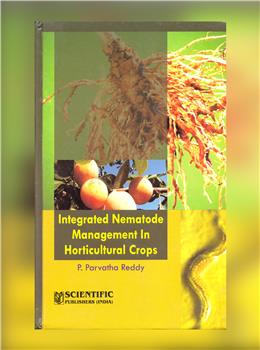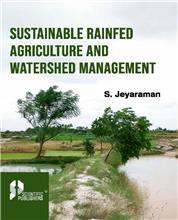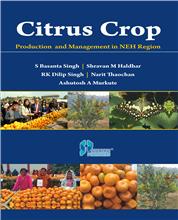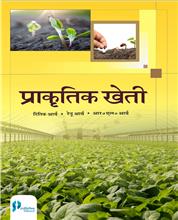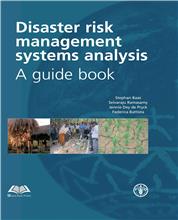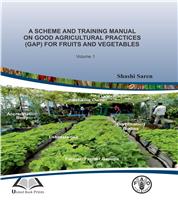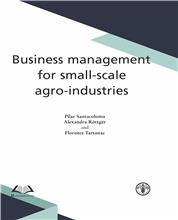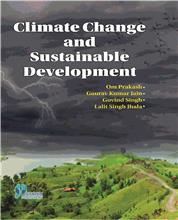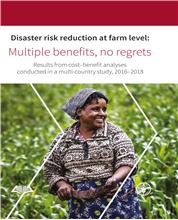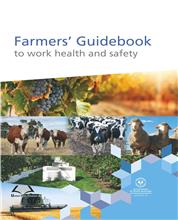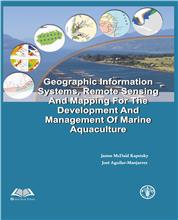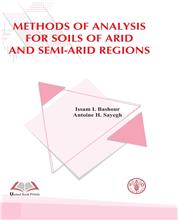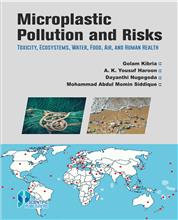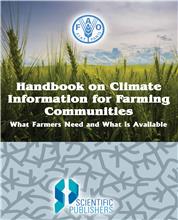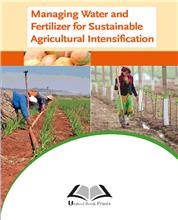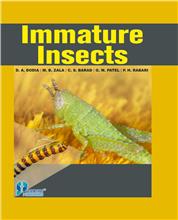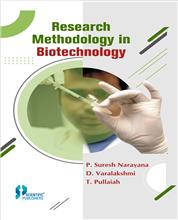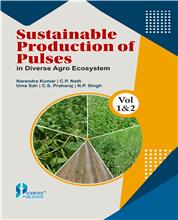Nematodes continue to threaten horticultural crops throughout the world, particularly in tropical and sub-tropical regions. Estimated overall average annual yield loss of the world’s major horticultural crops due to damage by plant parasitic nematodes is 13.54%. Monetary losses due to nematodes on 10 horticultural crops, six of which are life sustaining were estimated at US $ 19.37 billion annually based on 1984 production figures and prices. The farmer in his anxiety to contain the nematode pest may resort to indiscriminate use of nematicides posing hazard to the environment. Since the horticultural produce especially fruits and vegetables are consumed afresh, consumers expect residue-free produce both for internal and export markets. In this context, developing ‘Integrated Nematode Management (INM)’ strategy is the challenge before the nematologists. The present book is an attempt which comprehensively deals with both principles and practices of INM. The first part deals with the principles of INM covering aspects such as introduction, role of nematodes in horticulture, interactions with other micro-organisms and nematode management options such as regulatory, physical, cultural, chemical, biological and integrated methods including host resistance. The second part deals with practices for nematode management in horticultural crops such as fruit, vegetable, ornamental, medicinal, aromatic, plantation, spice and tuber crops. This book is a practical guide to practicing farmers of horticultural crops. Further, it is a useful reference to policy makers, research and extension workers and students. The material can also be used for teaching undergraduate and post-graduate courses.
